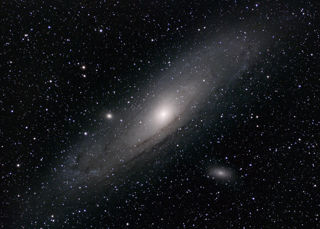
Painted Buran Heatshield Tile
Painted Buran Heatshield Tile
The Buran programme began in response to the United States Space Shuttle programme, which intended to develop a reusable space vehicle. Started in 1974, whilst still under the Soviet regime, the Buran programme developed a space craft that struck a remarkable resemblance to the US Space Shuttle. There were in fact many differences between the two vehicles, and despite Buran ultimately being cancelled in 1993, in some respects it performed better than the American version.The Buran programme was the single most expensive in the history of Soviet space flight. In total five space qualified vehicles were either complete or under construction when the project was cancelled. Only one ever flew in space – also known as ‘Buran’ (‘Snowstorm’), Orbiter K1 successfully completed a fully automated uncrewed flight in 1988. It was later destroyed when the hanger it was stored in collapsed.
The tile is white in colour and made from borosilicate and a fused quartz fibre layer. The design was intended to protect the returning spacecraft from the heat caused during re-entry to the Earth’s atmosphere. White tiles came from the upper portion of the vehicle, with black tiles on the underside of the spacecraft, with different types used for the nose and leading edge of the wings – where the temperature would be hottest. In total over 38,000 separate tiles covered the surface of the orbiter, like a giant jigsaw each had a very specific shape and location.
The tile has been painted on with a depiction of a Buran orbital spacecraft on top of the Energia rocket launch vehicle. It once belonged to German pop-artist, ‘Andora’ – so it is likely that the painting was done by him. The word ‘Baikonur’ can just be made out on the tile – this refers to the Baikonur Cosmodrome, where Buran was launched and landed.
More information
Object number
2015-8.2
Location
Artefact Store
Has this object been into space?
No
Dimension - Dimension, Value, Measurement unit
Depth: 1.8cm
Height: 12.0cm
Width: 9.5cm
Material
Borosilicate
Fused quartz fibre
Felt
Adhesive
Associated Person
Andora
Object Production Date
1980s
Object Production Organisation
Roscosmos
Object Production Place
Russia
On Display Status
Not on display
Copyright and Photos
Photography is shared via the license below.
However, some objects on this website are on loan to the National Space Centre and are being shared through the permission of their owners.
Commercial use of images from this website is not allowed without additional permissions being granted. To request permission to use images for purposes not covered in the license below, please contact [email protected]
Individual objects on loan to the National Space Centre may have additional copyright permissions, so advice should always be sought before use.
![]()
This work is licensed under a Creative Commons Attribution-NonCommercial 4.0 International License.



